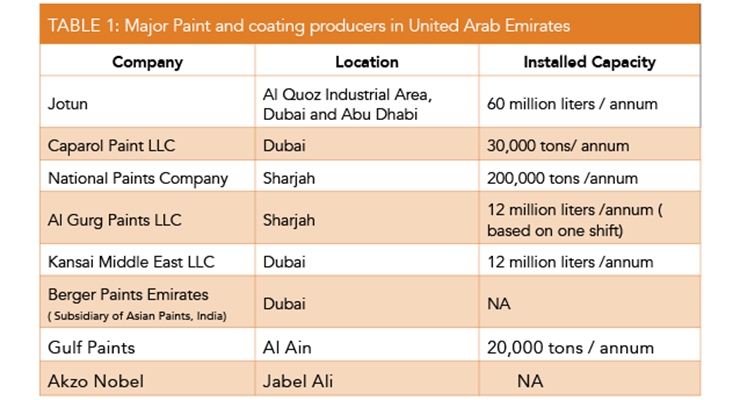An Examination Of Inside Versus Exterior Paint: Basic Differences And Their Applications
An Examination Of Inside Versus Exterior Paint: Basic Differences And Their Applications
Blog Article
Content Author-Fitzpatrick Bernstein
When you're selecting in between interior and exterior paint, it's necessary to understand their basic distinctions that affect both efficiency and aesthetics. Inside paints are crafted for reduced VOC levels and smoother finishes, making them ideal for interior rooms, while exterior paints are made to sustain rough climate condition and UV direct exposure. Each type serves a distinctive objective, yet understanding when to utilize one over the other can considerably influence your project's outcome. So, what aspects should you think about when making your choice?
Composition and Formula
When picking between exterior and interior paint, comprehending their composition and formula is vital. Interior paints commonly contain a lower amount of unpredictable organic substances (VOCs), making them more secure for interior air top quality. You'll notice they frequently have a smoother coating, which enhances their ability to withstand discolorations and allows for simpler cleansing. They're designed to hold up against the roughness of interior atmospheres, including varying humidity degrees and temperature level fluctuations.
On the other hand, outside paints are created to sustain harsher problems. They normally have greater degrees of pigments and ingredients to withstand fading from UV rays, as well as to avoid mildew and mold development. Their structure includes extra binders and resins, which supply far better bond to surfaces subjected to the elements. This makes sure the paint can hold up against rain, snow, and changing temperature levels without peeling off or splitting.
Efficiency and Sturdiness
Evaluating efficiency and resilience is vital when selecting between exterior and interior paint. Interior paint is created for surface areas that experience less damage. It usually stands up to fading and scuffing, making it perfect for living spaces and bedrooms. However, it may not stand up well in high-moisture locations like kitchens and bathrooms without correct formulation.
On the other hand, exterior paint encounters harsher problems. It's crafted to hold up against UV rays, rain, and temperature changes. This sort of paint often has ingredients that avoid mold and mildew and mildew growth, making sure durability in numerous climates. When https://interiorhomepaintersnearm10098.onzeblog.com/31395018/a-comprehensive-overview-of-providers-offered-by-business-paint-professionals use outside paint, you can anticipate it to last a number of years longer than interior paint, supplied it's used correctly.
An additional essential distinction lies in the coating choices. Inside paints frequently have a selection of coatings for aesthetic allure, while outside paints prioritize toughness over luster. If you're seeking something that can deal with the elements, outside paint is your best option.
In contrast, if you're focused on indoor visual appeals with much less issue for severe conditions, indoor paint could be suitable. Eventually, your choice ought to line up with the certain needs of the atmosphere.
Aesthetic Considerations
A fresh layer of paint can change a space, however visual factors to consider play a vital role in your selection in between exterior and interior alternatives. When clicking here choosing paint, consider the mood you want to create. Interior paint enables you to explore a larger series of colors and coatings, enabling you to share your personal design and improve your home's ambiance. Whether you choose soft pastels or vibrant shades, the best interior paint can make your rooms feel relaxing, lively, or peaceful.
On the other hand, exterior paint requires to line up with your home's architecture and the surrounding environment. Here, you're not simply making a design statement; you're likewise considering visual allure. Choosing shades that integrate with your area can improve your home's worth and aesthetic appeal. Remember that plymouth house staining is likewise subject to fading and weather condition modifications, so picking a timeless shade can save you from constant repainting.
Ultimately, take into consideration how each choice fits your vision. By aligning your paint option with your wanted aesthetic, you can produce rooms that reflect your individuality while keeping performance.
Conclusion
When it comes to choosing paint, understanding the key differences in between exterior and interior options is vital. Inside paints focus on aesthetics and low VOCs, making them excellent for enhancing your indoor rooms. In contrast, exterior paints are developed for sturdiness and weather condition resistance, securing your home from the components. By considering your particular needs and the setting, you can confidently pick the right paint to achieve the look and longevity you want for your area.
